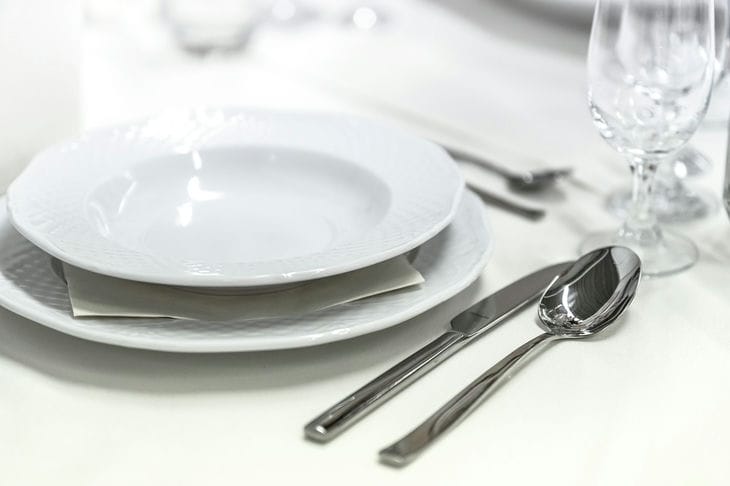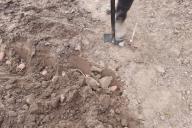After the celebration, various stains may remain on the tablecloth, which cannot be removed with a regular old cloth.
For example, if there are stains from grease or ketchup on the tablecloth, regular powder will definitely not help.
And if you use "powerful" products, you can damage the structure and change the color. Therefore, it is worth considering several tips that will help remove stains from the tablecloth.
The reaction should be immediate.
The speed of reaction is key. If you wait a day after the stain appears, it will always be more difficult to deal with it. Of course, when there are guests in the house, no one will take off the tablecloth and wash it. But it is definitely worth doing when the guests go home.
Determining the type of stain
Before you begin removing stains, it is important to determine what caused them. Stains can appear from:

1. Wines.
2. Carbonated drinks.
3. Oils.
4. Sweets.
Each type of stain requires a specific approach to removal.
Preparation before cleaning
Before using any chemicals, it is important to test a small area of the tablecloth to ensure that the fabric will not be damaged. This is especially important for delicate materials.
Use of delicate products
For natural fabrics such as cotton or linen, you can use gentle detergents diluted in water. For difficult stains, you can also use stain remover liquid.
Mechanical impact
When removing stains, it is important to use a soft brush or sponge so as not to damage the fibers of the fabric. It is unacceptable to use force during removal. The tablecloth can be damaged with one careless movement, and it will not be so easy to restore it.
Previously we reported on ways to get rid of moths .









